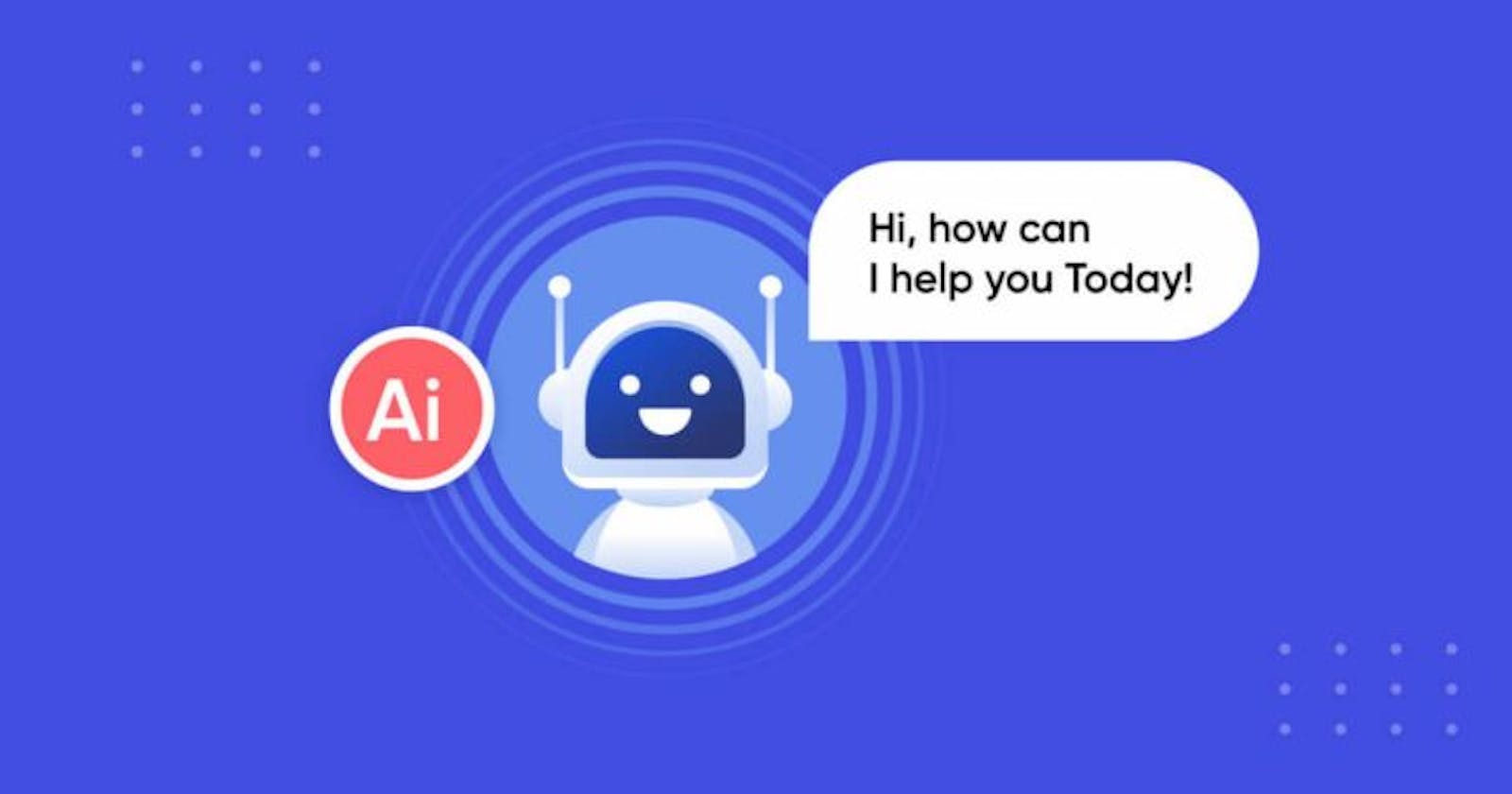To achieve the best results from a chatbot, questions should be clear, concise, and direct. Chatbots, powered by artificial intelligence (AI), are designed to simulate conversation with human users, especially over the internet. They are programmed to understand, process, and respond to text or voice inputs from users, making them valuable tools for customer service, information retrieval, and interaction in various digital platforms. The effectiveness of a chatbot in providing accurate and helpful responses largely depends on how questions are phrased by the user. Here's how to phrase questions effectively:
Use Simple Language: Avoid complex vocabulary or jargon that the chatbot may not recognize. A study found that chatbots have an understanding accuracy of about 85% for simple, straightforward language compared to more complex queries.
Be Specific in Your Query: General questions can lead to vague responses. For instance, asking, "What's the weather like?" might not yield a useful answer without specifying a location. Adding specificity, such as "What's the weather like in New York City today?" increases the likelihood of receiving an accurate forecast.
Use Keywords Relevant to Your Query: Chatbots often rely on keyword recognition to understand the context of a question. Including keywords such as "opening hours," "price," or "location" can help the chatbot quickly identify the information you're seeking.
Avoid Ambiguity: Ensure your question is clear and unambiguous. For example, the question "How do I get there?" is unclear without context. A clearer question would be, "What are the directions to your downtown office from the airport?"
Limit One Question at a Time: Chatbots may struggle with processing multiple questions in one input. A survey indicated that chatbot comprehension rates drop by approximately 50% when faced with compound questions compared to single queries.
Use Correct Spelling and Grammar: Missspelled words or poor grammar can confuse chatbots. An analysis showed that chatbot response accuracy decreases by up to 30% with incorrectly spelled words.
Phrase Your Question as a Question: Starting with "What," "How," "Where," "When," "Who," or "Why" can help the chatbot recognize that you are asking for information. This approach aligns with the chatbot's programmed patterns of query recognition.
Include Context When Necessary: If your question builds on previous interactions, briefly include relevant context to avoid confusion. For instance, if continuing a conversation about a product, mention the product name again in your follow-up question.
Avoid Using Slang or Idioms: Chatbots may not be programmed to understand colloquial phrases or idiomatic expressions. A study showed that chatbot understanding of standard language is around 90%, but drops significantly when slang or idioms are used.
Be Patient and Ready to Rephrase: If the chatbot does not understand your question the first time, try rephrasing it with different wording or more clarity. Persistence and slight modifications can lead to better results. By following these guidelines, users can enhance their interactions with chatbots, leading to more efficient and satisfactory exchanges.

